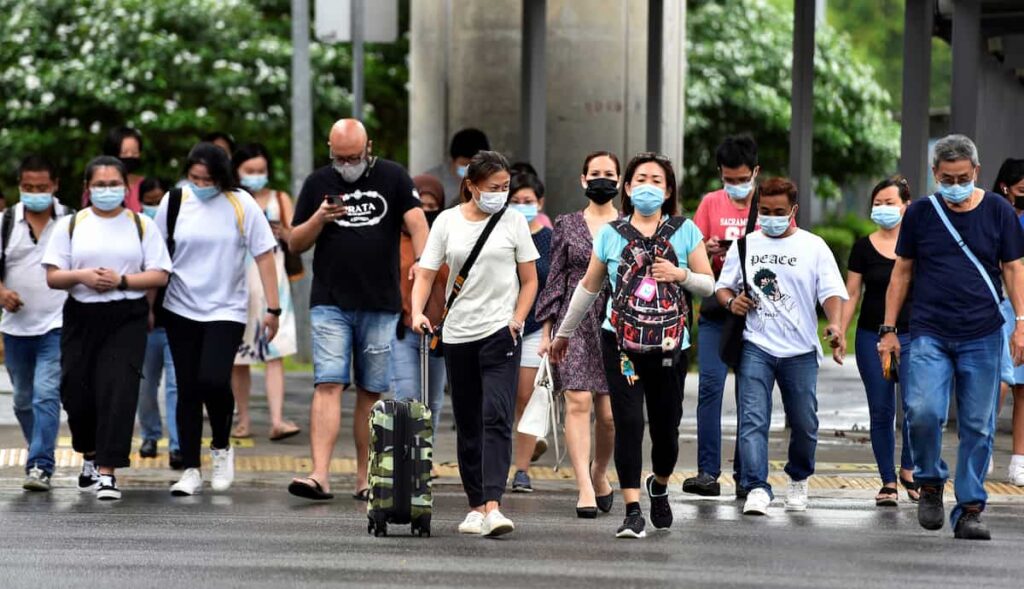Is Singapore Growing Too Fast? Foreign Workers Drive Population Boom
Singapore’s Population Surges to 6.11 Million in 2025
Singapore has just hit a new milestone. As of June 2025, the island nation’s population reached 6.11 million, marking a 1.2% increase from last year. While this growth may sound impressive, it’s raising questions about sustainability, housing, and job security.
The biggest driver? A sharp rise in foreign workers, especially in construction, marine, and domestic sectors.
Why Foreign Workers Are Fueling the Growth
Singapore’s government has ramped up infrastructure projects like Changi Terminal 5 and new housing developments. To meet labor demands, they’ve brought in more work permit holders, especially from neighboring countries.
As of June 2025:
- 1.91 million people in Singapore are non-residents.
- That’s a 2.7% increase from last year.
- Most are employed in construction, shipyards, and domestic work.
Who Makes Up Singapore’s Population?
Here’s the breakdown:
- 3.66 million citizens (up 0.7% from last year)
- 0.54 million permanent residents (unchanged)
- 1.91 million non-residents, including workers, dependents, and students
Interestingly, the citizen birth rate rose slightly, but marriages fell by 5.7%, and more Singaporeans are staying single.
Aging Population and Social Shifts
Singapore’s population is not just growing—it’s aging. In 2025:
- 20.7% of citizens are aged 65 and above.
- Citizens aged 80+ increased by 60% over the past decade.
This shift is putting pressure on healthcare, pensions, and caregiving services.
What About Jobs and the Economy?
Despite the population growth, unemployment remains low at 2%. However, job vacancies are shrinking, and businesses are cautious due to global economic uncertainty and U.S. tariffs.
Foreign workers are essential for sectors locals often avoid. But their rising numbers can spark debates about wages, housing, and cultural integration.

Housing and Urban Pressure
With more people arriving, Singapore’s housing demand is surging. The government is expanding supply, but land is limited. This creates tension between development and livability.
Projects like Changi Terminal 5 and new HDB flats are part of the solution—but they also require more workers, which adds to the population.
Public Concerns and Political Sensitivity
Singaporeans have voiced concerns before. In 2013, protests erupted over plans to raise the population to 6.9 million by 2030. Many feared overcrowding and job competition.
Now, with the population already at 6.11 million, similar worries are resurfacing.
Long-Term Trends and Future Outlook
Over the past five years, Singapore’s annualized population growth rate was 1.5%, triple the rate from 2015–2020. This shows a clear shift in immigration and labor policies.
The government says growth is stable and necessary. But balancing economic needs with social harmony remains a challenge.
🔗 External Links (For Reference)
- Reuters: Singapore’s Population Hits 6.11 Million
- Straits Times: Population in Brief 2025
- CNA: Non-Resident Growth in Singapore
- Population in Brief 2025 PDF
🛍️ Recommended for You
If you buy any product on e-commerce websites, please use my affiliate links below. It’s a simple way to support my content while you enjoy the best offers. Appreciate your support always!





